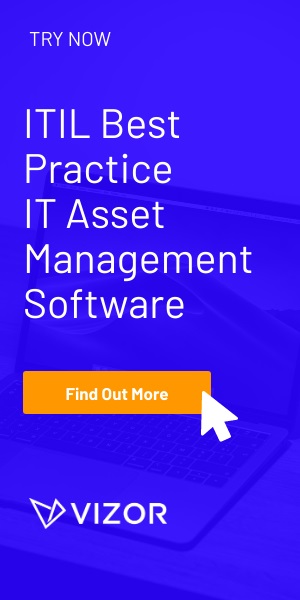Best Practices for Managing IT Asset Documentation
When implementing an ITAM program, it is good practice to formalize a process for managing related documentation. What does this entail, and why should you bother? Owning IT assets comes with some important paperwork and while many focus on the management process around the asset (which they should), related documentation should not be overlooked. Examples of documentation include warranty information, maintenance agreements and proof of purchase; it is helpful to centrally store these to support ongoing maintenance throughout the asset lifecycle.
Central storage of IT asset documents should be a key focus of any IT asset management effort. Storing all documentation related to your organization’s IT assets in a central repository will help to improve the entire management process. An IT asset management system like Vizor provides a simple way to access all asset documentation in one place, so they are ready to go if needed. Now, you may be wondering when these documents will be required, as many tend to brush the paperwork to the side when acquiring new IT assets. If you think about any possible case in which your organization may need to prove ownership over assets, this is where central documentation storage comes into play. Showing proof of purchase for an IT asset requires the purchase documents related to that asset. Additionally, referring to the warranty information of an asset is critical should a computer or other piece of hardware experience a failure. Quickly retrieving this information from your central IT management system is superior to searching around for a physical warranty document. Maintenance contract can also be accessed easily so IT managers are always informed on upcoming expiry dates, renewals and repairs.Storing asset documentation centrally is also helpful for the procurement department. Information such as purchase agreements, invoices and receipts can be easily accessed by procurement during their purchasing process. As we mentioned recently, procurement and IT asset management must work closely during the process of provisioning assets, so having purchasing information stored in a place where both departments can access it makes the process run a lot more smoothly. When important asset information is shared between them, procurement can make informed decisions regarding where asset spending should be allocated and under which agreement terms.
Do you need a tool to manage IT Assets?






